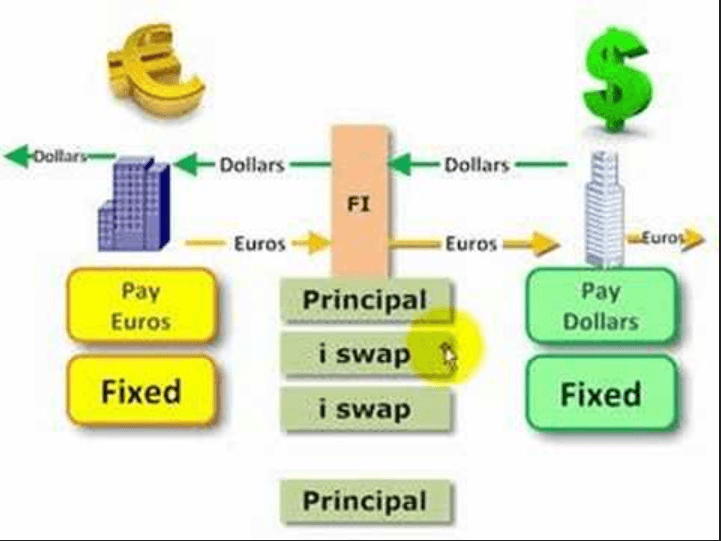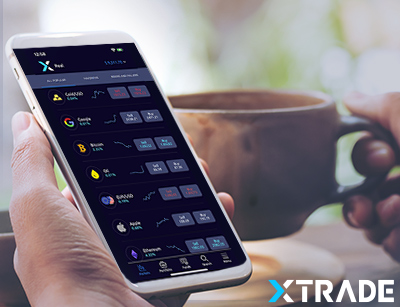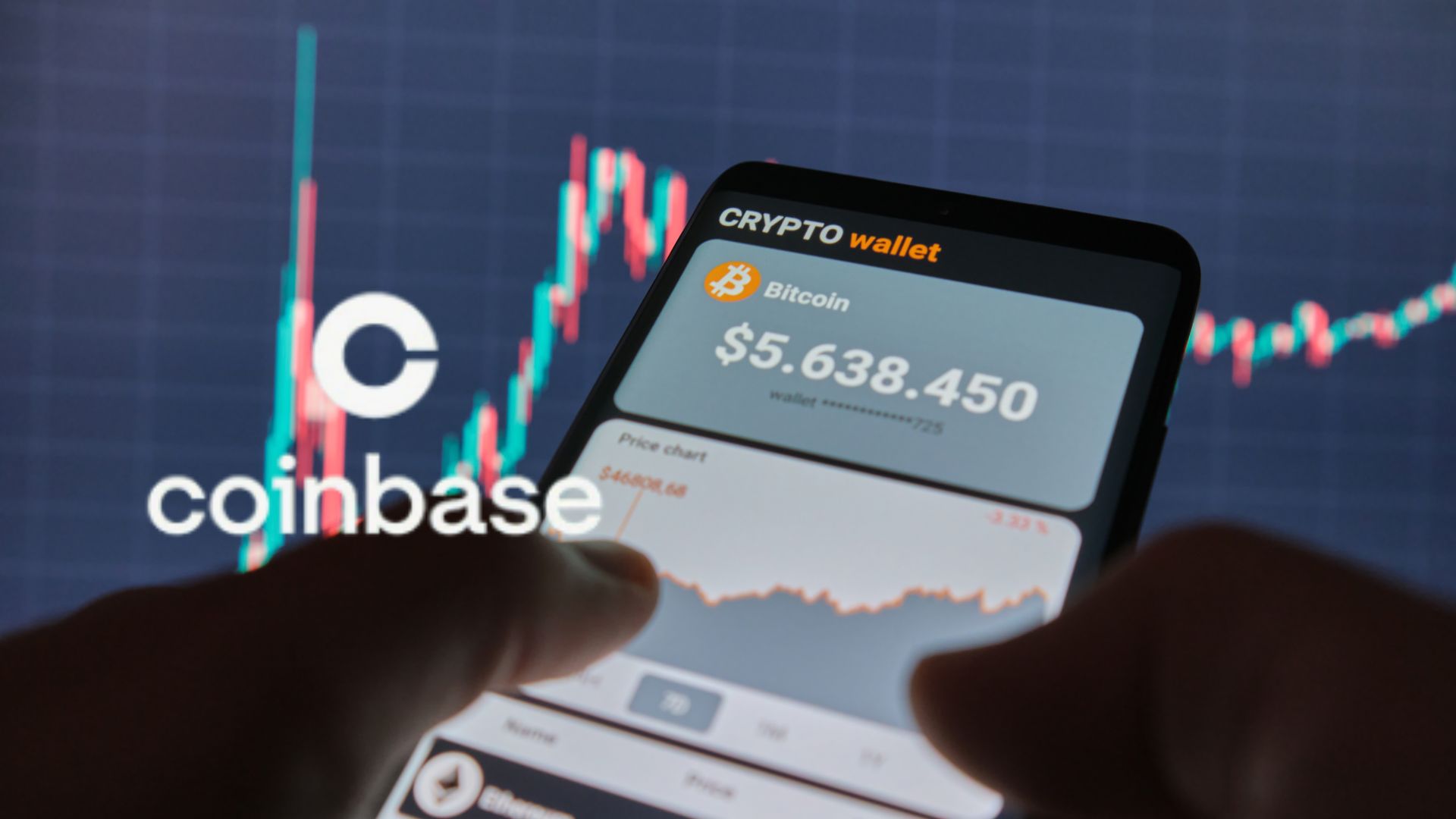What is a Foreign Exchange Currency Swap?
By Content-mgr - on April 14, 2016A foreign exchange currency swap has two different definitions in finance. One applies to forex trading (also known as Rollover), the other applies to banking.
Foreign Exchange Currency Swap (also known as Rollover)
The term foreign exchange currency swap, as defined in forex trading are the interest rate differentials which apply to all currency pairs. In the AUDJPY currency pair for example, this interest rate differential has been quite large in recent years as Australia had high interest rates and Japan had zero. If a forex trader goes long AUDJPY, they are being paid interest based on the Australian dollar interest rate, and they are being charged based on the Japanese Yen interest rate. If Australia has interest rates set at 4% and Japan has zero, the differential is exactly 4%. If the trader goes short on AUDJPY they will be charged at 4%. These differentials are the annual rates. Actual daily swap (rollover) charge or credit amounts are the daily equivalent amounts of the annual interest rate. This is calculated by the banks. And it is based on the number of business days in the year, not on the 365 calendar days. Swap credits and charges are very tiny, but when leverage is used, they become important to traders. This is how Carry trading works. Where traders attempt to profit from interest rate differentials over medium to long term trades in the forex market. The risk of the daily movement in the live forex rates is much much greater than the risk-reward potential of the interest rate differentials. So much so, that price movements in the exchange rate dwarf the potential of the Carry trade by far! Nonetheless, wise forex Carry traders study their forex charts closely and hedge price movement risk. And they do it using another correlated currency pair having a smaller interest rate differential — or through related commodities and through CFD trading. Swap rates are only of concern to Carry traders, and they can help achieve very profitable trades, as long as market price risk is hedged properly. The foreign exchange currency swap is also important in other more complicated forex trades, where hedging of risk through arbitrage is desired.

Foreign Exchange Currency Swap in Banking
A foreign exchange currency swap in the banking industry is an agreement which enables two different banks to get a better borrowing interest rate. The two banks involved are based in different countries and hence currency zones. Because of the fact that credit rating agencies in every country tends to rate local banks as more trustworthy and more likely to repay their loans. And as a result, a domestic bank will always get a lower borrowing interest rate compared to a foreign bank. In a swap agreement, for example between a German and a US bank, both banks are able to borrow through each other, through each other’s local, better credit rating, resulting in a better deal for both. The swap agreement involves amounts of capital denominated in local currency and fixed forex exchange rates. So effectively, the US bank in our example ends up borrowing the Euros in needs, to finance its operations in Germany, at a lower interest rate, as opposed to borrowing directly as a foreign bank. The French bank does the same, and gets the US dollars it needs to finance its operations in its US-based subsidiary companies. Ultimately, the overall default risk is also reduced for both parties involved in a swap agreement.
In carry trade strategies it is important to learn currency trading basics, such as pip value and swap value. Because the carry forex trader is concerned with making a profit through interest rate differentials, while hedging price movement risk. In fact all success is determine in hedging movement risk, which can be from somewhat difficult to extremely complicated. But it can be done, and of great interest are commodity currencies because price movement risk can be hedged through exposure to the underlying commodity. In all cases traders do better when the take time to learn currency trading basics, because this is the only way to get the calculations right and avoid costly mistakes later on. Carry trading is interesting, flexible, and ca be combined with directional forex trading as well. There are no limits to how far a carry trader can go to evaluate and control risk in their portfolio.
 First Deposit Bonus
First Deposit BonusFirst Deposit Bonus | Phone Verification | First Trade on us | Account Verification














